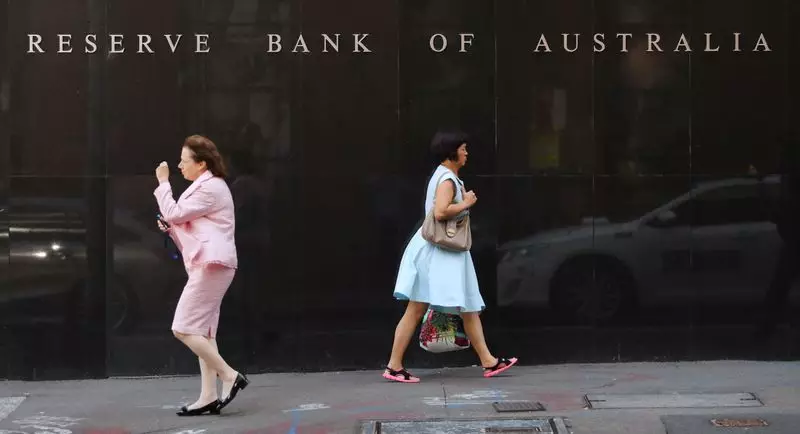Australia’s economic climate is currently a focal point of scrutiny as the Reserve Bank of Australia (RBA) refrains from adjusting interest rates in its final policy meeting of the year. The monetary authority’s decision to maintain the cash rate at 4.35% reflects a complex interplay of factors that highlight both the confidence and caution that characterize the current economic narrative.
During its recent assembly, the RBA opted for stability, holding the interest rate steady since it first reached this point over a year ago. Despite external pressures forcing many global central banks to pivot towards rate cuts—most notably the U.S. Federal Reserve—the RBA remains anchored to its present course. This position stems from a prevailing belief that the current interest rate is crucial for curbing inflation and guiding it back within the targeted band of 2-3%. The subtle shift in the RBA’s rhetoric, particularly the newfound confidence in inflation trends, can lead to speculation that a rate cut may be on the horizon, especially if the economic data continues to align negatively.
While headline inflation has recently recorded a decline to 2.8% in the third quarter, bolstered by temporary government interventions like rebates on electricity bills, the underlying core inflation remains stubbornly elevated at 3.5%. This divergence in inflation metrics complicates the RBA’s position; on one hand, steering inflation back to the desired range appears attainable, yet on the other hand, core inflation suggests a more entrenched inflation problem that requires careful monitoring. The removal of the previous ambiguous language—that nothing was “off the table”—indicates a more decisive approach moving forward. The lack of clarity that previously shrouded the RBA’s statements has given way to a more focused narrative indicative of confidence amid caution.
In the aftermath of the RBA’s announcement, market reactions were swift and telling. A decline in the Australian dollar indicates investor apprehension surrounding the country’s economic outlook. Bond futures saw a rally, reflecting investors’ expectations regarding potential rate adjustments in the near future. The anticipation of a February rate cut is increasingly plausible as market players adjust their strategies based on the central bank’s communications.
Financial analysts, such as Sean Callow of ITC Markets, emphasize that the RBA’s acknowledgment of the weak economic growth signals are contrary to what might have been expected. The softening of the labor market and the lack of consumer spending momentum suggest a need for recalibrating economic forecasts. The expectation that the economy would rebound following tax cuts has yet to materialize, lighting a pathway towards potentially easing monetary policy.
Despite the mixed signals from inflation and consumer spending, the labor market remains surprisingly resilient. The jobless rate has stayed stable around 4.1%, benefitting from quiet growth in public sector employment. However, wage growth continues to lag, reinforcing worries about consumer purchasing power and the capacity for sustained economic growth. This juxtaposition reveals the RBA’s difficult balancing act: fostering a supportive environment for economic growth while simultaneously ensuring inflation does not spiral out of control.
Looking ahead, the RBA’s strategy and subsequent pivot may hinge on upcoming economic data. Analysts like Tony Sycamore from IG suggest that while an immediate celebratory proclamation about achieving inflation goals would be premature, the current trends may open the door for a potential rate cut as early as February. The pivotal nature of incoming data—particularly regarding core inflation and overall economic momentum—will determine whether the RBA maintains its current course or opts for a more dovish stance.
Overall, the RBA’s navigation through these turbulent economic waters symbolizes not only the challenges of contemporary monetary policy but also the nuanced and often contradictory nature of economic indicators. The coming months will undoubtedly be critical, as the RBA balances its dual mandate of controlling inflation while fostering economic growth in uncertain times.

